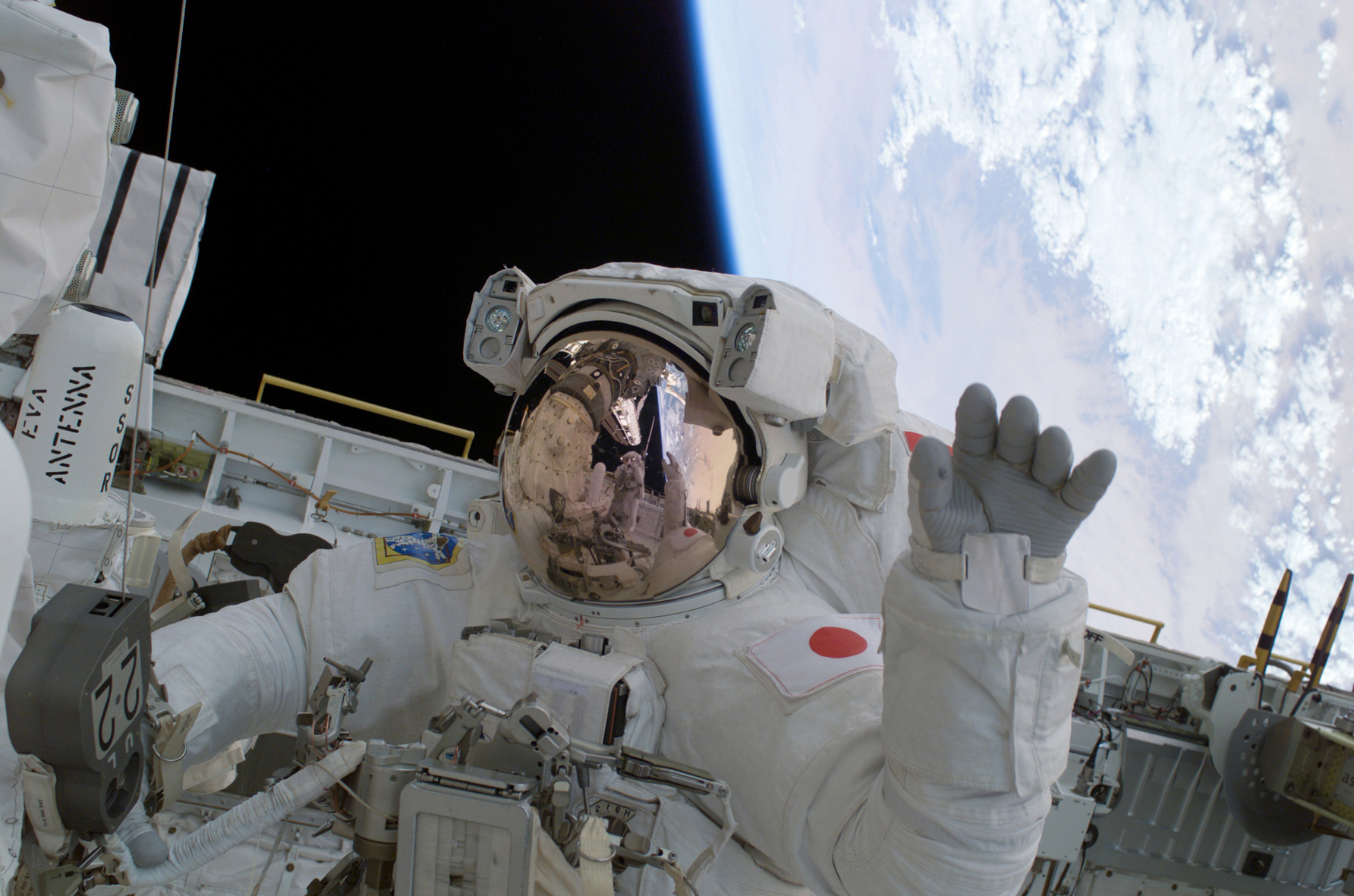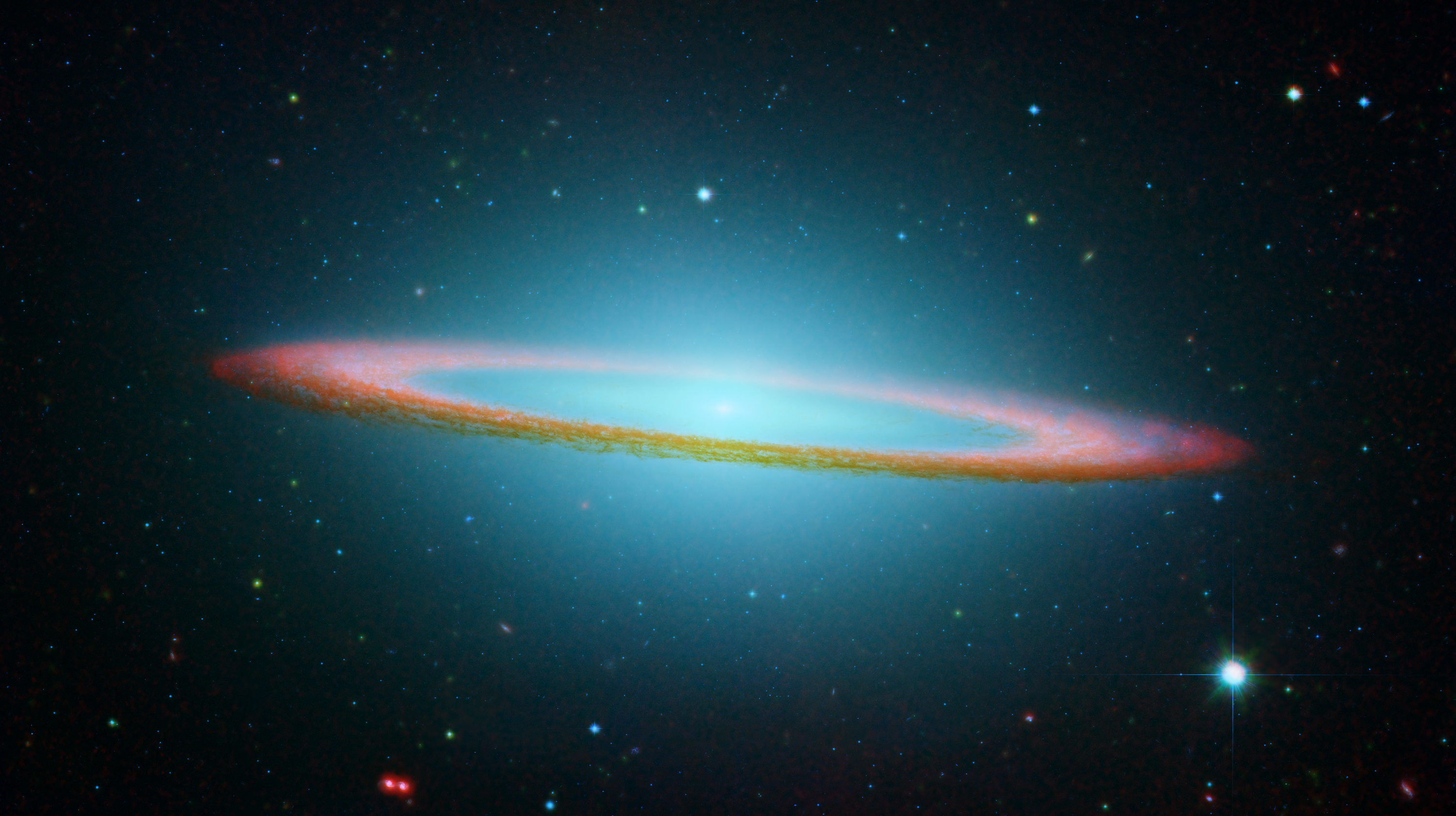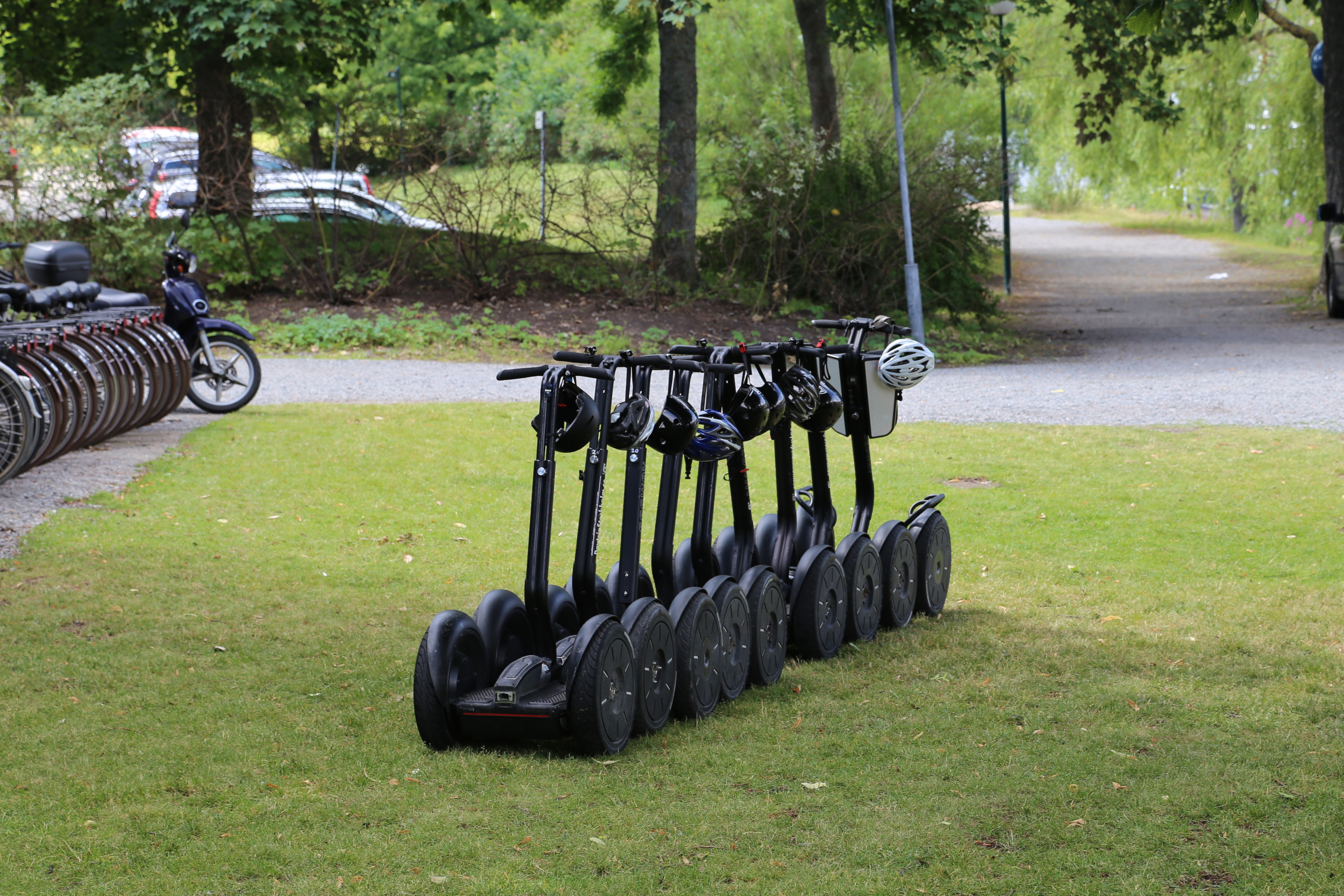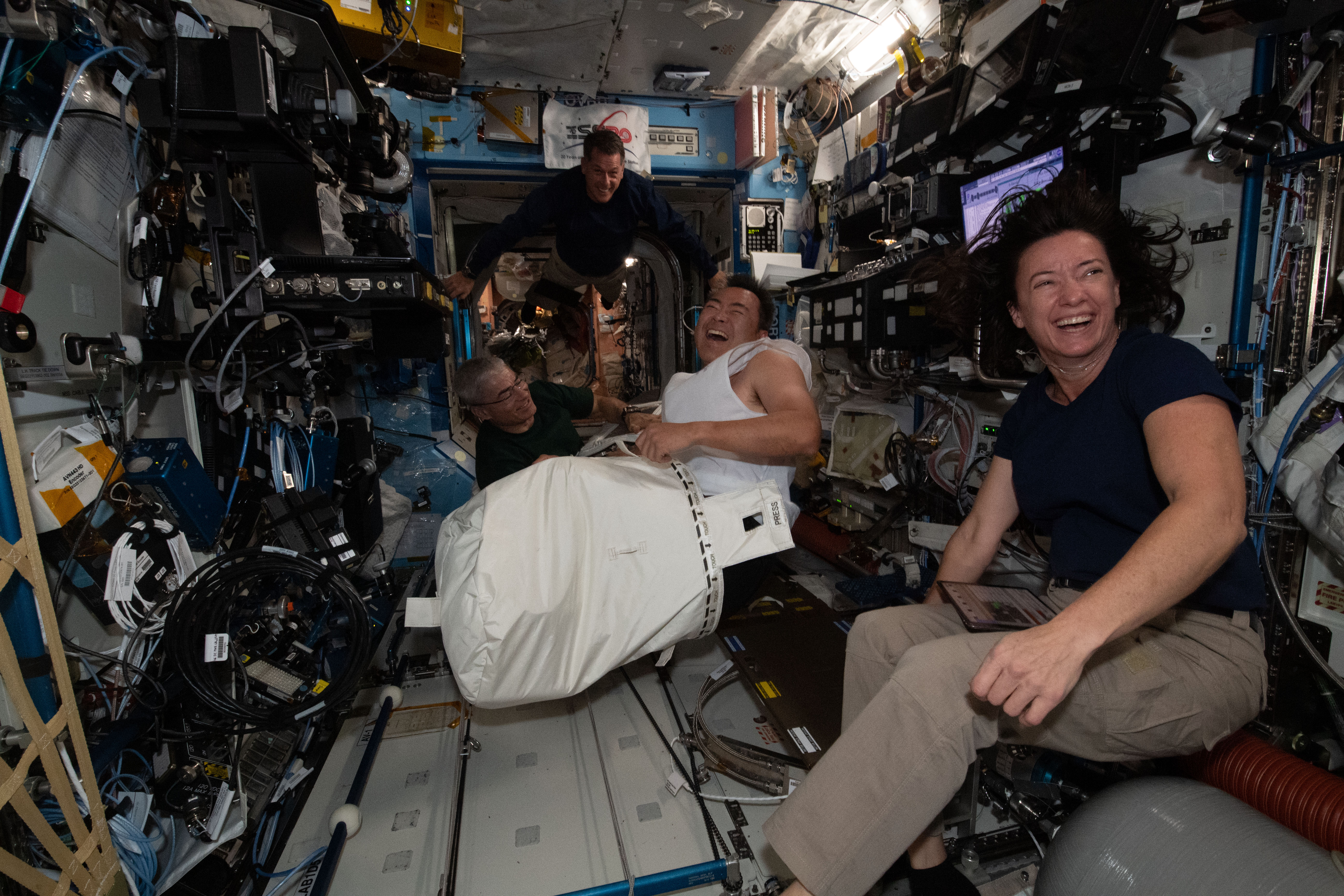The Forgotten Women Who Helped Launch the Space Age
The Space Age dazzled the world with rockets, moonwalks, and a bold leap into the cosmos—but behind the headlines and heroes were brilliant women whose names history nearly left behind. These trailblazers weren’t just supporting characters—they were the minds that launched missions, solved impossible equations, and pushed the boundaries of what was possible in science and society. Working in the shadows of a male-dominated field, they broke through not just the atmosphere, but also the barriers of bias and expectation. This article shines a long-overdue spotlight on the women who helped ignite the Space Age—mathematicians, engineers, programmers, and scientists whose legacy lives on in every satellite and spacewalk. Their stories aren’t just about the past—they’re a call to remember that true progress is powered by those brave enough to change the rules.
1. The Calculating Minds: Women of the Hidden Figures
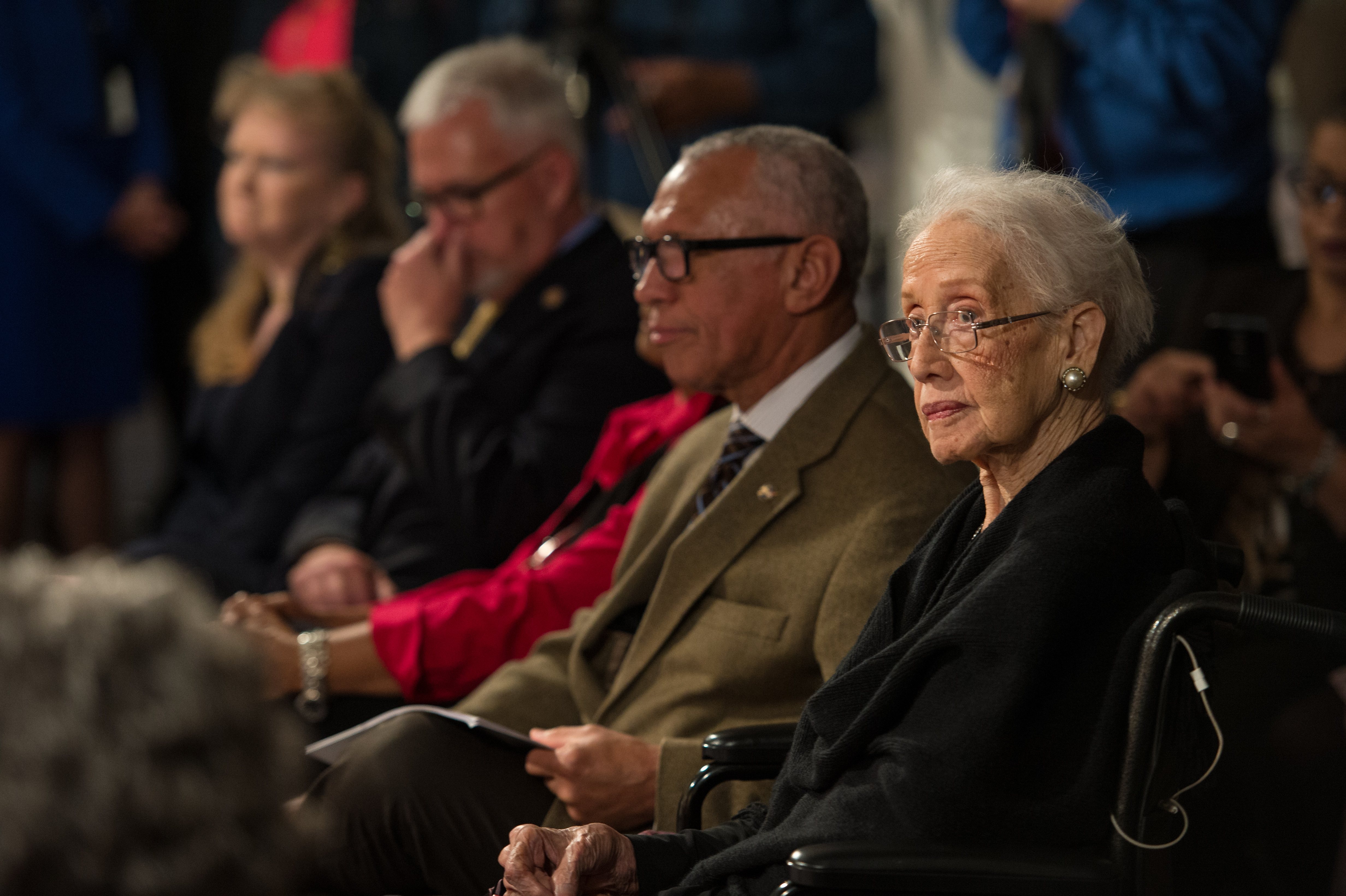
One of the most celebrated groups of women who played a crucial role in the Space Age were the "human computers" at NASA. These women, including Katherine Johnson, Dorothy Vaughan, and Mary Jackson, were instrumental in performing complex calculations that determined the trajectories of spacecraft. Despite facing racial and gender discrimination, they excelled in their roles, proving that intellect knows no bounds. Katherine Johnson's calculations were critical to the success of the Apollo 11 mission, ensuring the safe landing of astronauts on the moon. Their story, popularized by the book and film "Hidden Figures," highlights the essential contributions of African American women in the early days of NASA and serves as an inspiration for future generations.
2. Engineering the Future: The Trailblazing Work of Mary Sherman Morgan
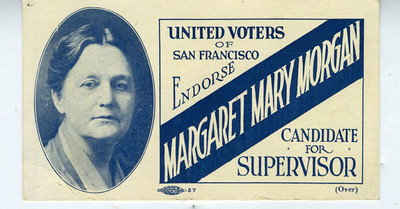
Mary Sherman Morgan, often referred to as "America's first female rocket scientist," played a pivotal role in the development of rocket propellants. Her most notable contribution was the invention of Hydyne, a propellant that powered the Jupiter-C rocket that launched the United States' first satellite, Explorer 1, into orbit. Despite her significant achievements, Morgan's work remained largely unrecognized during her lifetime. Her story, brought to light by her son in the biography "Rocket Girl," underscores the challenges faced by women in science and engineering fields during the mid-20th century. Morgan's legacy is a testament to the critical role women have played in advancing space technology.
3. Breaking Barriers: The Astronauts Who Paved the Way
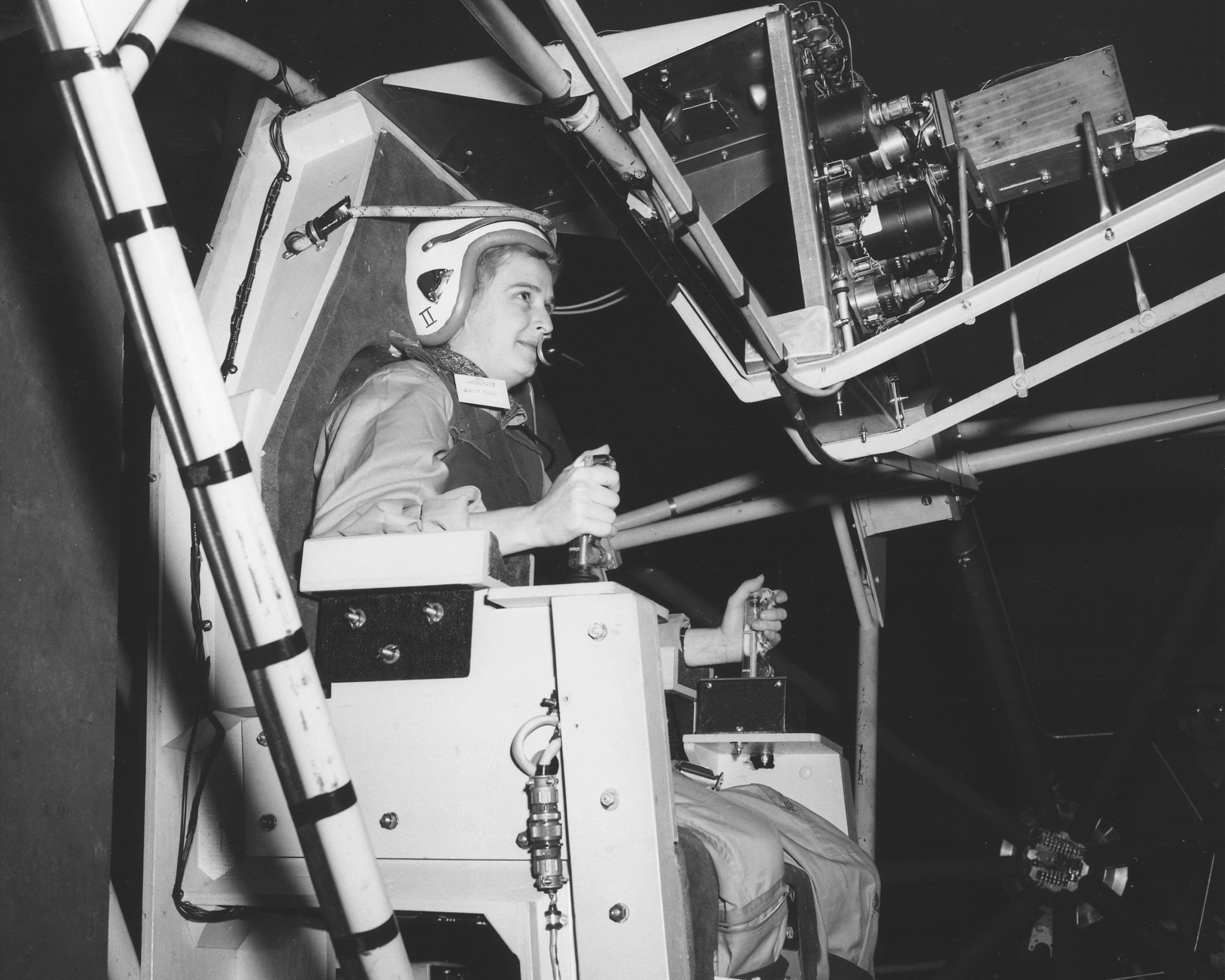
While the first women in space are often celebrated, the journey to their inclusion was fraught with challenges. Women like Jerrie Cobb, part of the Mercury 13, were initially trained for spaceflight but were ultimately denied the opportunity to fly. Their persistence laid the groundwork for future female astronauts like Sally Ride, who became the first American woman in space in 1983. Ride's historic flight not only marked a significant milestone for women in space but also inspired a new generation of women to pursue careers in STEM fields. The stories of these pioneering astronauts highlight the ongoing struggle for gender equality in the space industry and the progress that has been made over the decades.
4. The Unsung Innovators: Women in Spacecraft Design
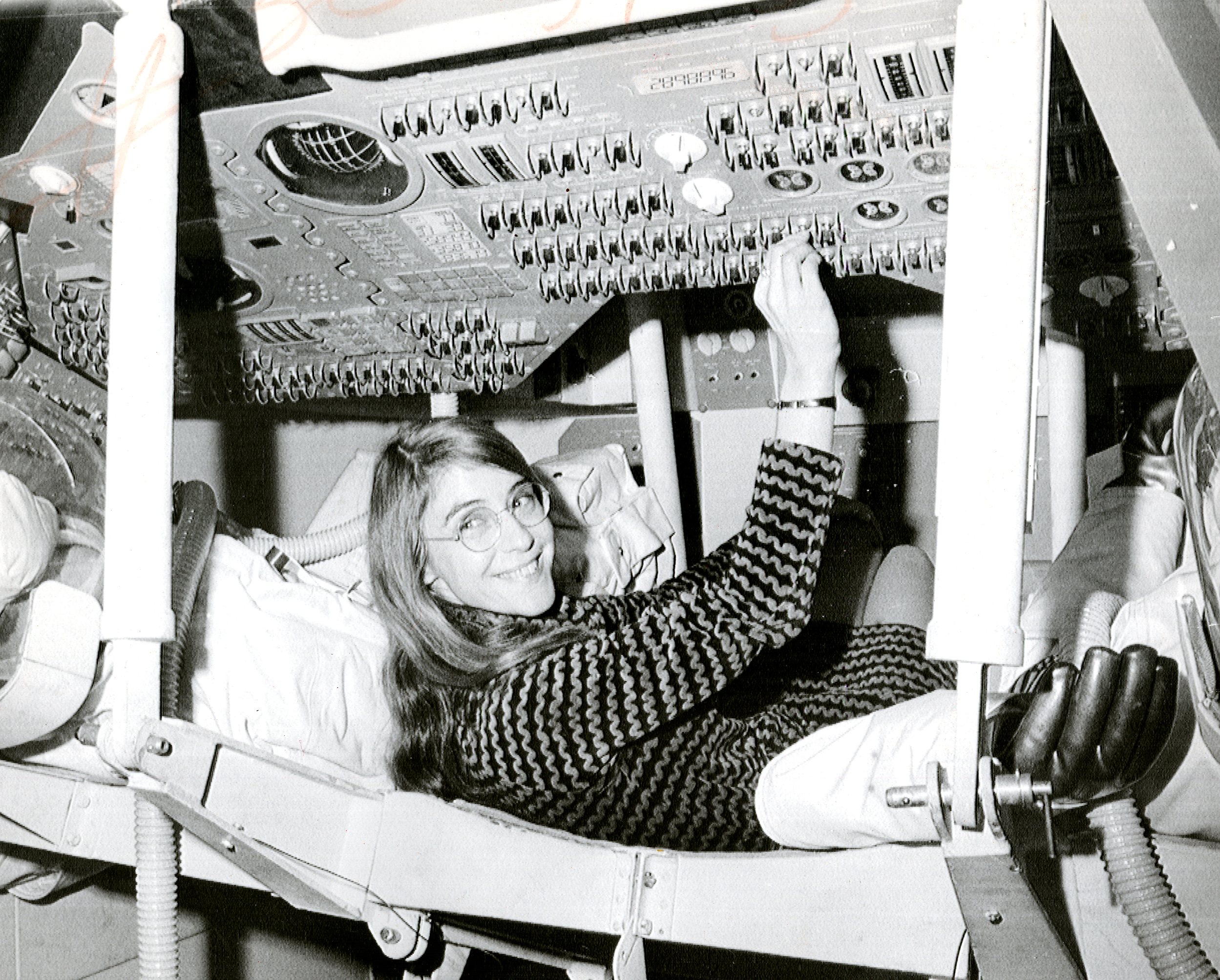
Beyond the visible achievements of astronauts, women have been instrumental in the design and engineering of spacecraft. One such innovator is Margaret Hamilton, a computer scientist whose work on the Apollo program's onboard flight software was crucial for the success of the lunar missions. Hamilton's development of priority scheduling and error detection systems ensured the reliability of the software, preventing potential disasters during the Apollo 11 moon landing. Her contributions earned her the Presidential Medal of Freedom in 2016, finally recognizing her vital role in space exploration. Hamilton's story exemplifies the critical, yet often overlooked, contributions of women in the technical aspects of space missions.
5. The Pioneers of Space Medicine: Women Advancing Astronaut Health
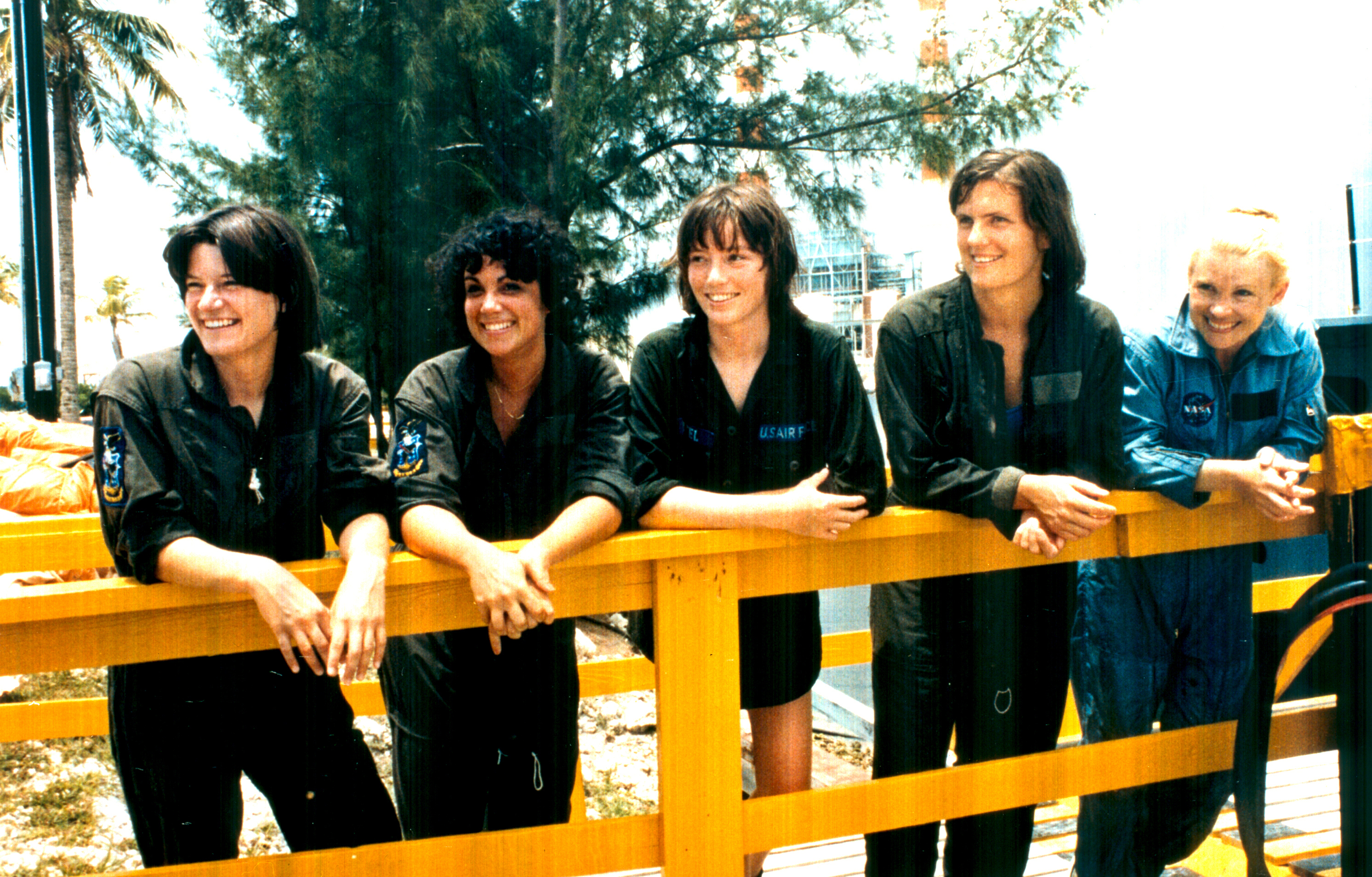
Space medicine, a field dedicated to understanding the effects of space travel on the human body, has been significantly advanced by female scientists and doctors. Dr. Joan Vernikos, a former director of NASA's Life Sciences Division, conducted pioneering research on the physiological effects of microgravity, contributing to the development of countermeasures to protect astronaut health. Her work has been instrumental in preparing astronauts for long-duration missions, such as those to the International Space Station. Vernikos's contributions highlight the importance of interdisciplinary research in space exploration and the vital role women have played in ensuring the safety and well-being of astronauts.
6. The Educators and Mentors: Women Shaping the Future of Space Exploration
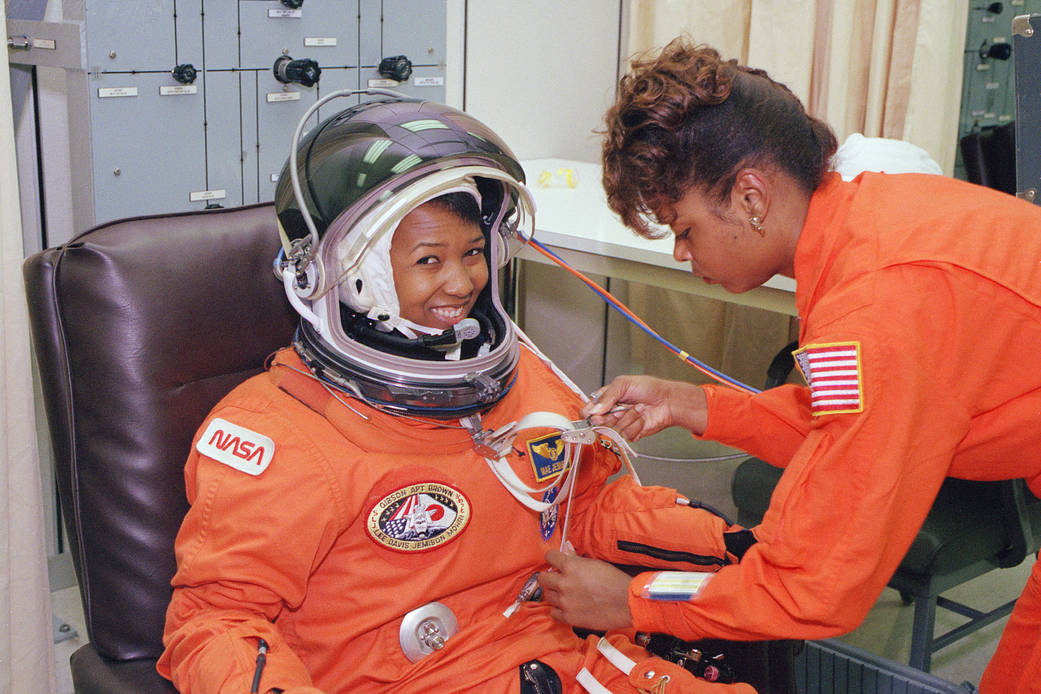
Education and mentorship have been critical in inspiring the next generation of space explorers, and women have been at the forefront of these efforts. Dr. Mae Jemison, the first African American woman in space, has dedicated her post-NASA career to promoting science education and encouraging young women to pursue careers in STEM. Through initiatives like the Jemison Group and the 100 Year Starship project, she has worked to make space exploration accessible and engaging for all. Jemison's commitment to education underscores the importance of mentorship and representation in fostering diverse talent in the space industry.
7. The Visionaries: Women Leading Space Policy and Advocacy
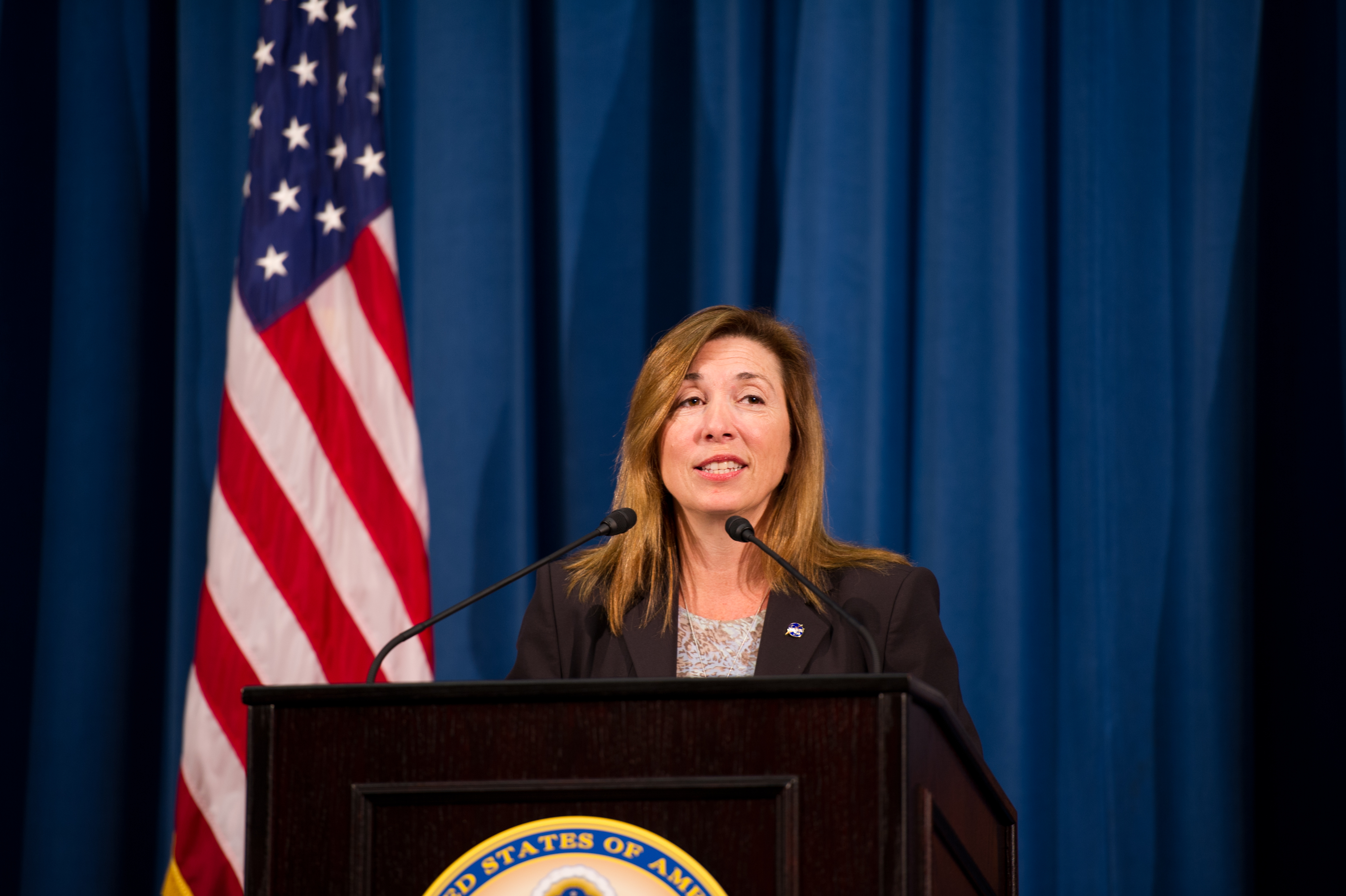
Women have also played key roles in shaping space policy and advocacy, ensuring that the benefits of space exploration are shared globally. Lori Garver, former Deputy Administrator of NASA, has been a leading advocate for commercial spaceflight and international cooperation in space exploration. Her efforts have helped to democratize access to space, paving the way for private companies to participate in space missions. Garver's work demonstrates the impact of visionary leadership in expanding the frontiers of space exploration and highlights the importance of diverse perspectives in policy-making.
8. The Communicators: Women Bridging the Gap Between Science and the Public

Effective communication is essential in bridging the gap between complex scientific concepts and public understanding, and women have excelled in this role. Dr. Carolyn Porco, a planetary scientist and leader of the Cassini imaging team, has been a prominent voice in communicating the wonders of space exploration to the public. Her work in popularizing the images and discoveries of the Cassini mission has inspired countless individuals to take an interest in space science. Porco's efforts highlight the power of storytelling in making science accessible and engaging, and the crucial role women play in science communication.
9. The Cultural Contributors: Women Influencing Space Through Arts and Media
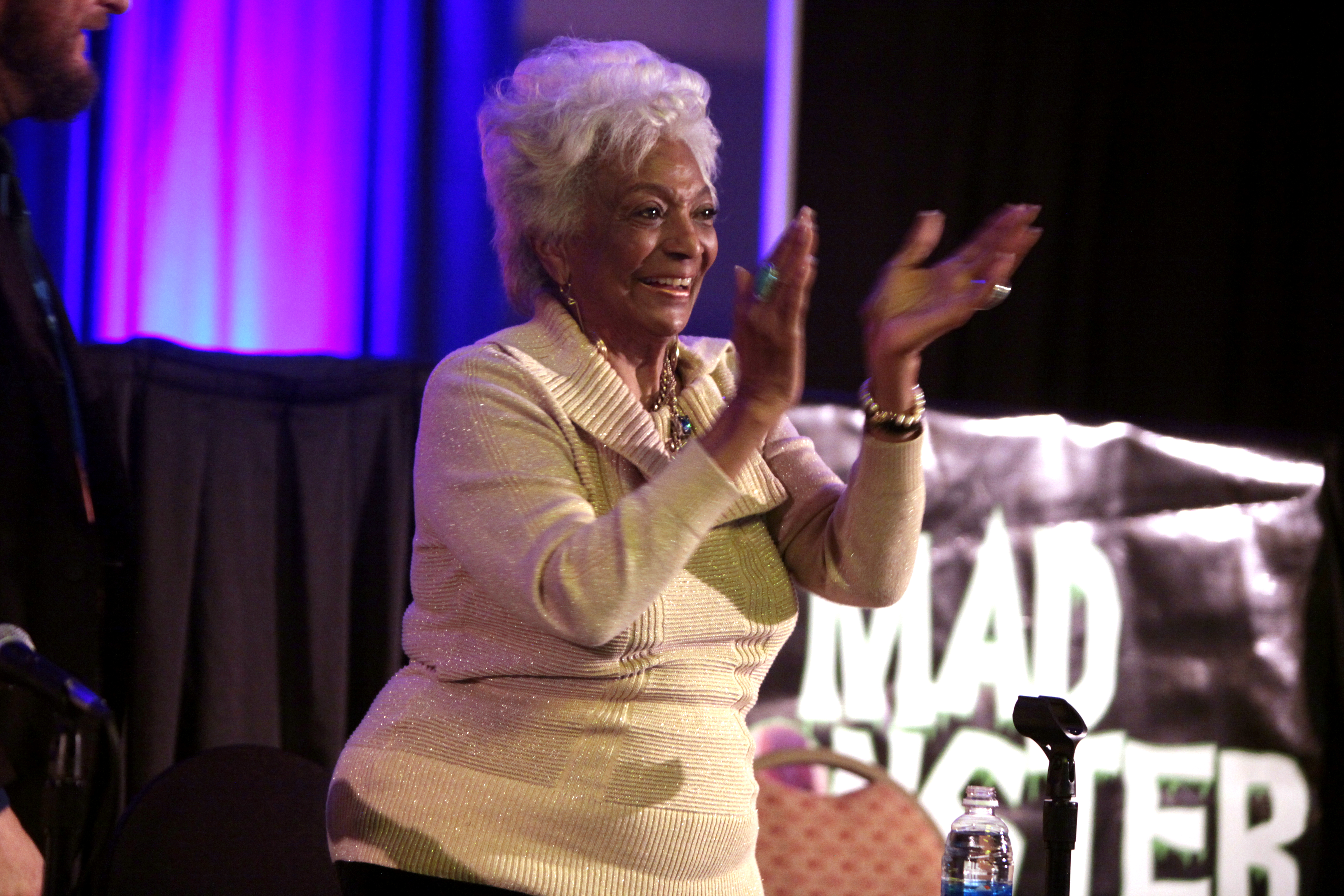
Beyond science and technology, women have also influenced the cultural perception of space exploration through arts and media. Pioneering figures like Nichelle Nichols, who played Lieutenant Uhura on "Star Trek," have inspired generations to envision a future where diversity and inclusion are integral to space exploration. Nichols's role in advocating for NASA recruitment of women and minorities exemplifies the intersection of culture and space exploration. Her legacy demonstrates the power of media to shape public perception and inspire real-world change, highlighting the multifaceted contributions of women to the Space Age.
Celebrating the Legacy of Unheralded Heroines
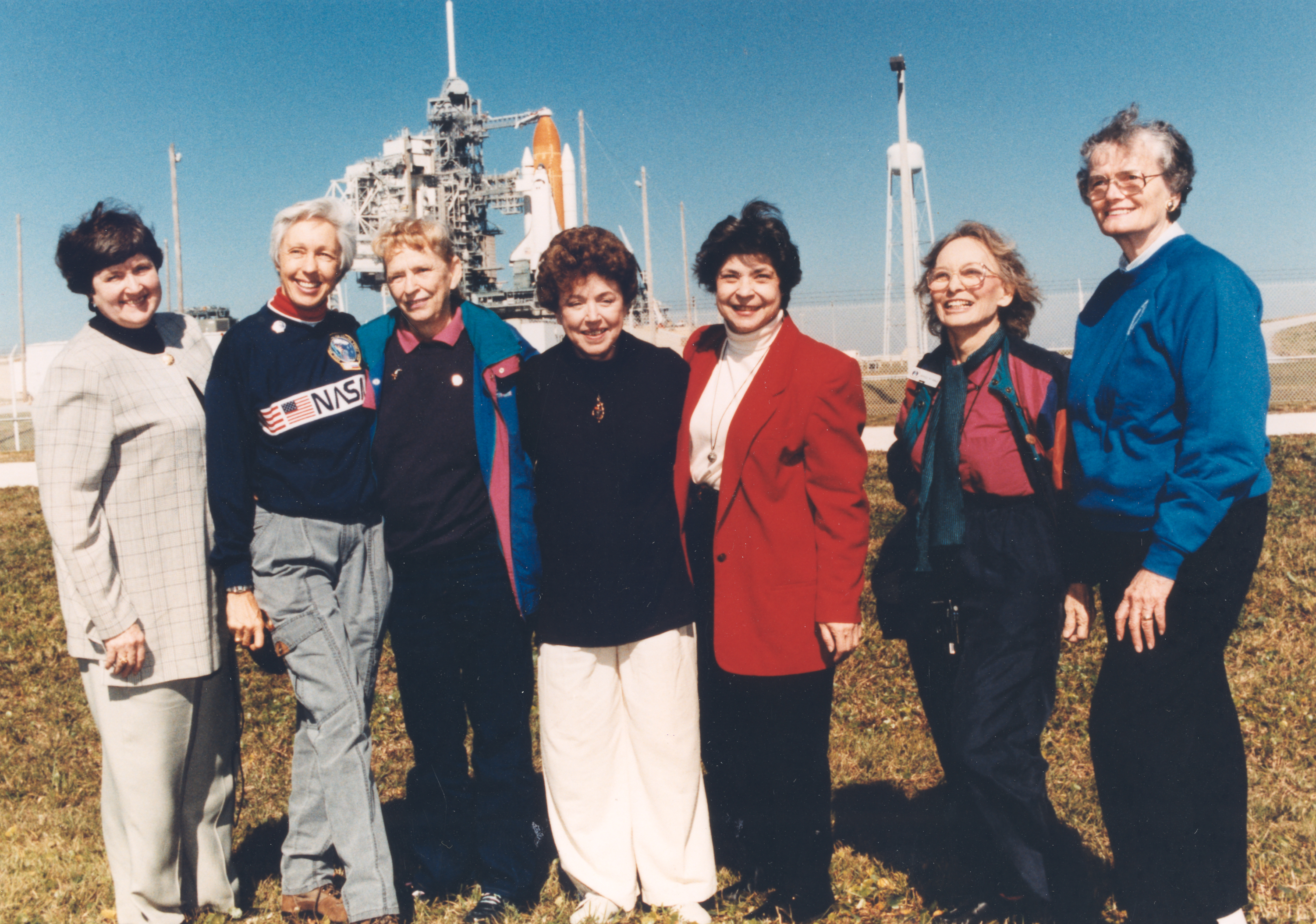
As we look back on the beginnings of the Space Age, it’s time we widen the lens. The story of space isn’t just one of rockets and moon landings—it’s also the story of brilliant women who worked behind the scenes, solving the unsolvable and pushing science forward against all odds. These unsung pioneers—mathematicians, engineers, scientists—didn’t just break barriers; they redefined them. Their legacies remind us that progress is never powered by one kind of voice, and that innovation thrives on inclusion. As we chart the next chapter of space exploration, let’s carry their spirit forward—by building a future where talent is recognized regardless of gender, and where every mission reflects the full spectrum of human potential. The universe is vast, and so is our capacity to include everyone in its pursuit.
Powered by Froala Editor


